Be a new neighbor, not just a new buyer
“There are two things that interest me: the relation of people to each other, and the relation of people to land.”
– Aldo Leopold
Imagine the situation: A community devastated by wildfire. Homes burned to the ground. Melted heaps of metal that were once trucks, cars, trailers and tractors. The blackened carcasses of livestock and wildlife piled up against the remains of fences. The hills, previously blanketed by thick forests, now barren and exposed to the coming rains that will bring torrential debris floods down to wipe out roads, bridges, irrigation systems, farm fields and pastures as well as municipal water supplies.
I recently visited one such community, where local residents and restoration crews were racing to install structures in streams and drainages to reduce the severity of the inevitable floods. They could only get so far. The stream they hoped to stabilize ran through both public and private land. One landowner chose not to allow the work across his land. Another, an absentee landowner, could not be reached for permission.
As much as we in the American West embrace a frontier culture of rugged individualism, the truth is we also need one another. Cooperation and community are what enable us to survive and thrive. Of necessity, people in rural areas work together, often wearing many hats. We are volunteer firefighters and emergency first responders. We serve on civic boards and coach our kids’ athletic teams. When disasters strike, neighbors help one another to get through. People don’t get along perfectly all the time, yet this kind of social and civic engagement is what creates community and in turn creates resilience. For individuals, it can also provide a deep personal sense of purpose and meaning.
In many rural communities today, however, second homes outnumber primary residences. Long-time residents frequently complain that new arrivals, whether full or part-time, choose to remain disengaged and disconnected from community and even nearby neighbors. It’s understandable that people who own vacation properties in the West seek a reprieve from busy lives and may just want to shut the gate and “get away from it all.” At the same time, self-awareness of our role and responsibility to land and community is not just respectful but vitally important.
From hunting, forest management, fencing and irrigation to invasive weeds, our decisions as landowners and managers directly impact our neighbors and communities. Failure to understand these impacts can have significant ecological, economic and social consequences.
On the other hand, when we extend awareness and consideration beyond our individual boundaries, we benefit ourselves as well as those around us. The good news is that the West is still resilient and the tradition of “neighboring” remains alive and well. In this issue of On Land, we highlight just a few of the countless ways in which landowners are working together and investing in their communities to help make the world a better place.
Good ways to get involved
Invite the neighbors for a BBQ or a cup of coffee.
Attend local events.
Join or start a local collaborative conservation organization.
Donate to and volunteer for organizations serving the community.
Become a volunteer firefighter or emergency medical responder.
Join local civic boards and participate in public meetings.
Subscribe to the local newspaper.
Sponsor rodeos, 4-H clubs and athletic teams.
Support local businesses and get to know them.
Get to know relevant local land and natural resource agencies and their staffs, such as university extension, soil and water conservation districts, irrigation districts, state wildlife or game departments, Natural Resource Conservation Service (NRCS), and U.S. Fish and Wildlife Service (USFWS).

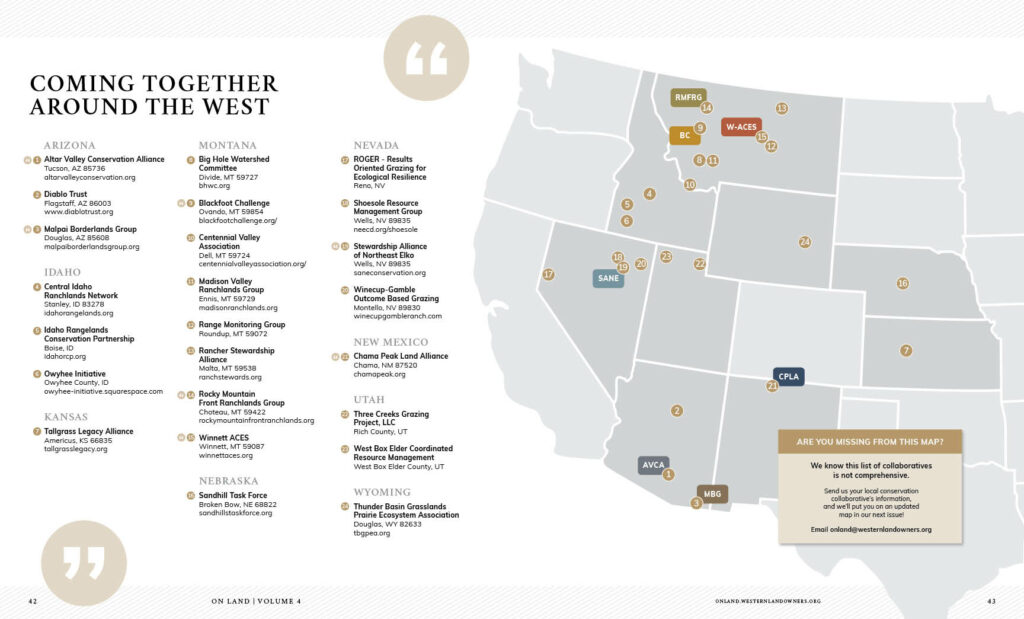
One of the most effective ways landowners are engaging in their communities is through collaborative conservation. Together, landowners and diverse stakeholders are coming together to solve complex challenges in land and natural resource management. It takes time and commitment, but the relationships, insights and solutions that emerge can be transformative. Unfortunately, litigation from non-participatory outside groups can undermine even the best community efforts. If we really want to create a better world for people and wildlife, we need less litigation and better relationships.
Featured photo: Neighbors helping neighbors in the rural West can be high stakes, like when a wildfire threatens your home and a member of the volunteer fire department uses their bulldozer to cut an emergency fire break mere yards from your back deck, as in this photo from 2024’s Durkee Fire in eastern Oregon, taken by Kimberly Kerns.
Sorry, the comment form is closed at this time.


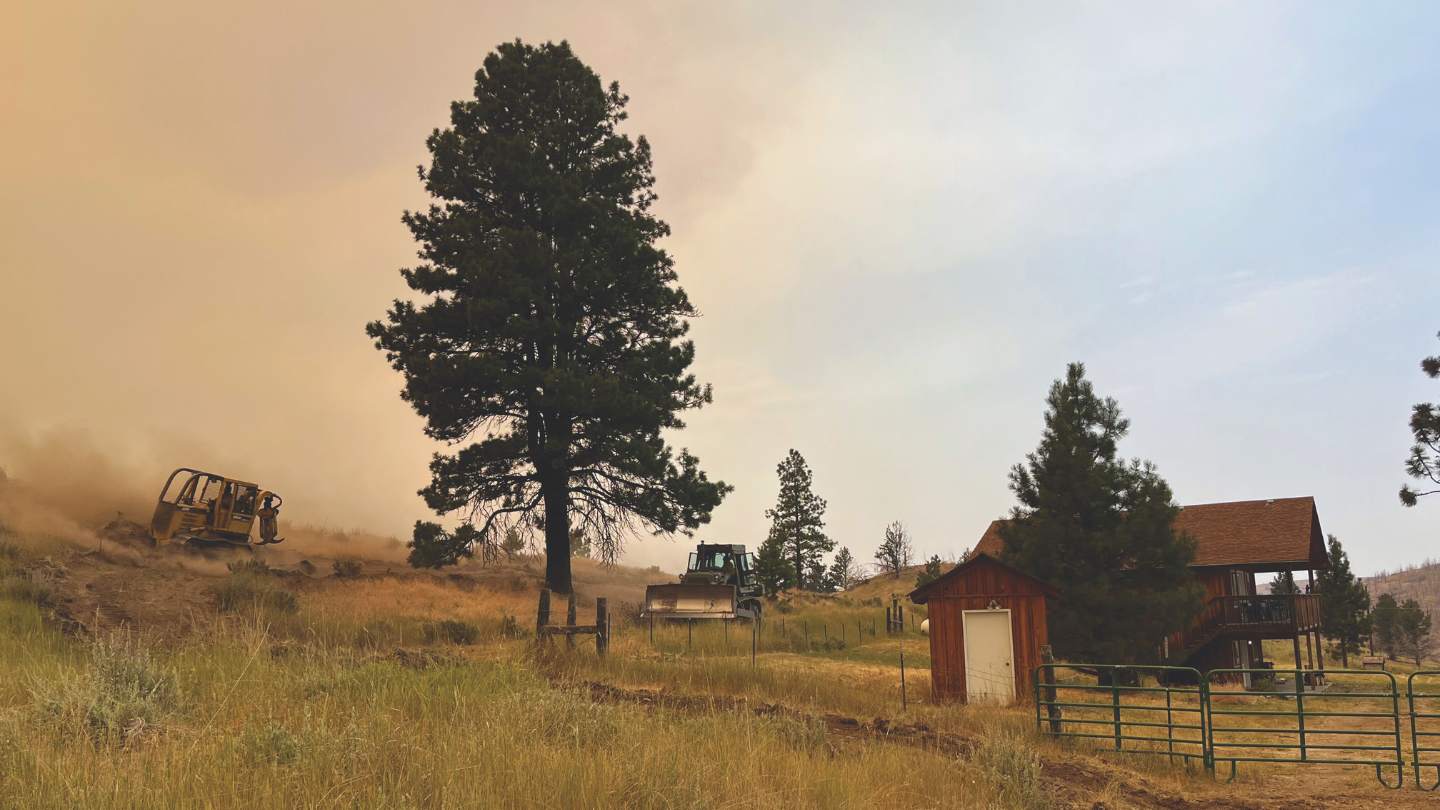
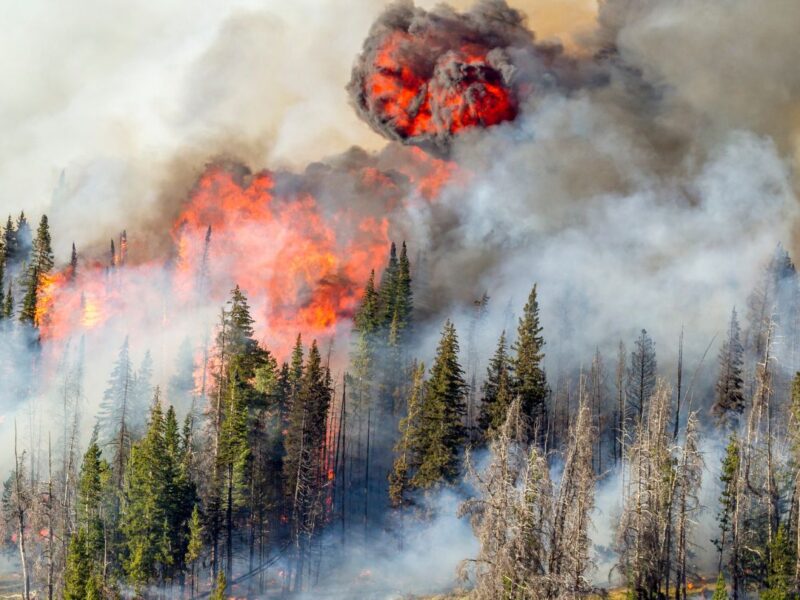
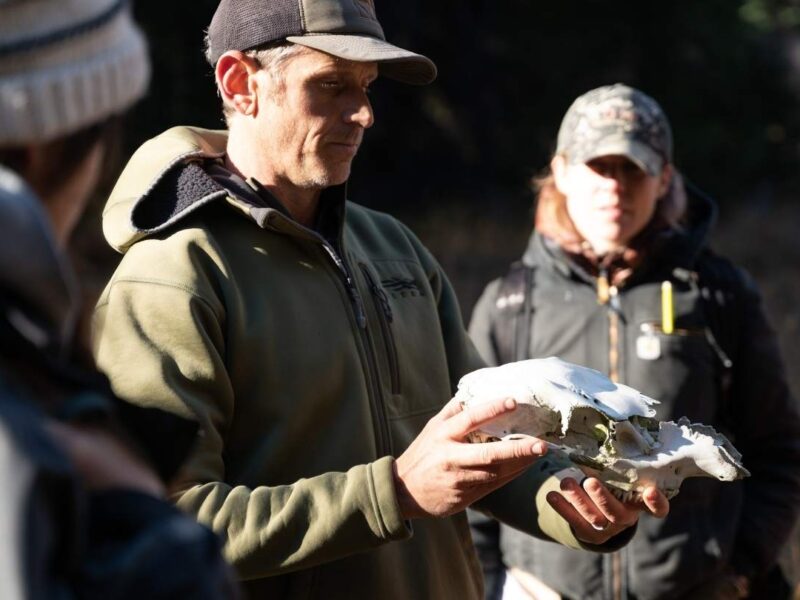
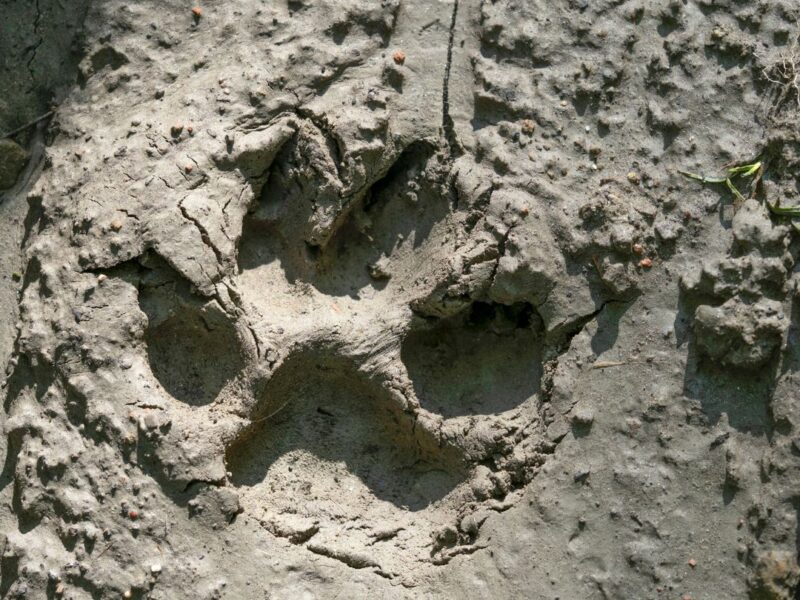
Gordon Long
Obtaining collaborative results in a community with changing landownership dynamics can be trying. That is undeniable. Yet, it often a requirement to maintain the fabric that is a vibrant community. It’s good to see this article about trying to drop fences and stereotypes so that a common good can be achieved. The old adage is that “good fences make good neighbors” As a ranch owner, a hunting outfitter, an executive director of a Resource Conservation District, a wilderness photographer, from my particular perspective, maybe a more apt quote would be, “good people make good neighbors”
Keep this conversation going full force! The people that want to harm the rural lifestyle are often good at “divide and conquer”. Let’s not allow these forces to gain a foothold anymore than they have already mustered.